Facing IV sedation dentistry? Understandably, you’ve got questions about “iv sedation dentistry what to expect.” With sedatives administered intravenously, you can expect to be deeply relaxed yet awake enough to follow simple instructions. This introduction cuts directly to what you’re here to find out: how IV sedation feels, the level of awareness you’ll retain, and how your recovery might go. We’ll cover the need-to-knows without the fluff—preparation, procedure, and post-care—so you’ll step into your dentist’s office with confidence.
Key Takeaways
- IV sedation dentistry is a deep form of conscious sedation for dental procedures that uses a combination of medications to relax the patient, who can still respond to commands, with effects lasting up to 24 hours.
- Patients must fast for 6-8 hours prior to IV sedation, avoid smoking and certain activities before, arrange for transportation after, and undergo a health evaluation to ensure safety during the sedation process.
- Dental practitioners must be specifically trained and certified to administer IV sedation, and they monitor and adjust sedation levels during procedures to ensure patient safety and comfort, with recovery including post-procedure care and aftercare guidelines.
Understanding IV Sedation Dentistry
So, what is IV sedation dentistry? In simple terms, it is the deepest form of conscious sedation available in dental offices, achieved by administering sedative medications directly into your bloodstream. This method of sedation uses a combination of medications, commonly benzodiazepines like Midazolam and Diazepam, opioid agonists, and, in some cases, Propofol to induce deeper levels of sedation.
While other forms of dental sedation are available, IV sedation provides a deeper level of calm. The effects can last up to 24 hours post-procedure; however, they typically wear off faster than oral sedation due to its direct delivery method.
Such a method allows you to relax while the dentist performs the necessary dental procedures, ensuring a smooth and anxiety-free experience in the dental chair.
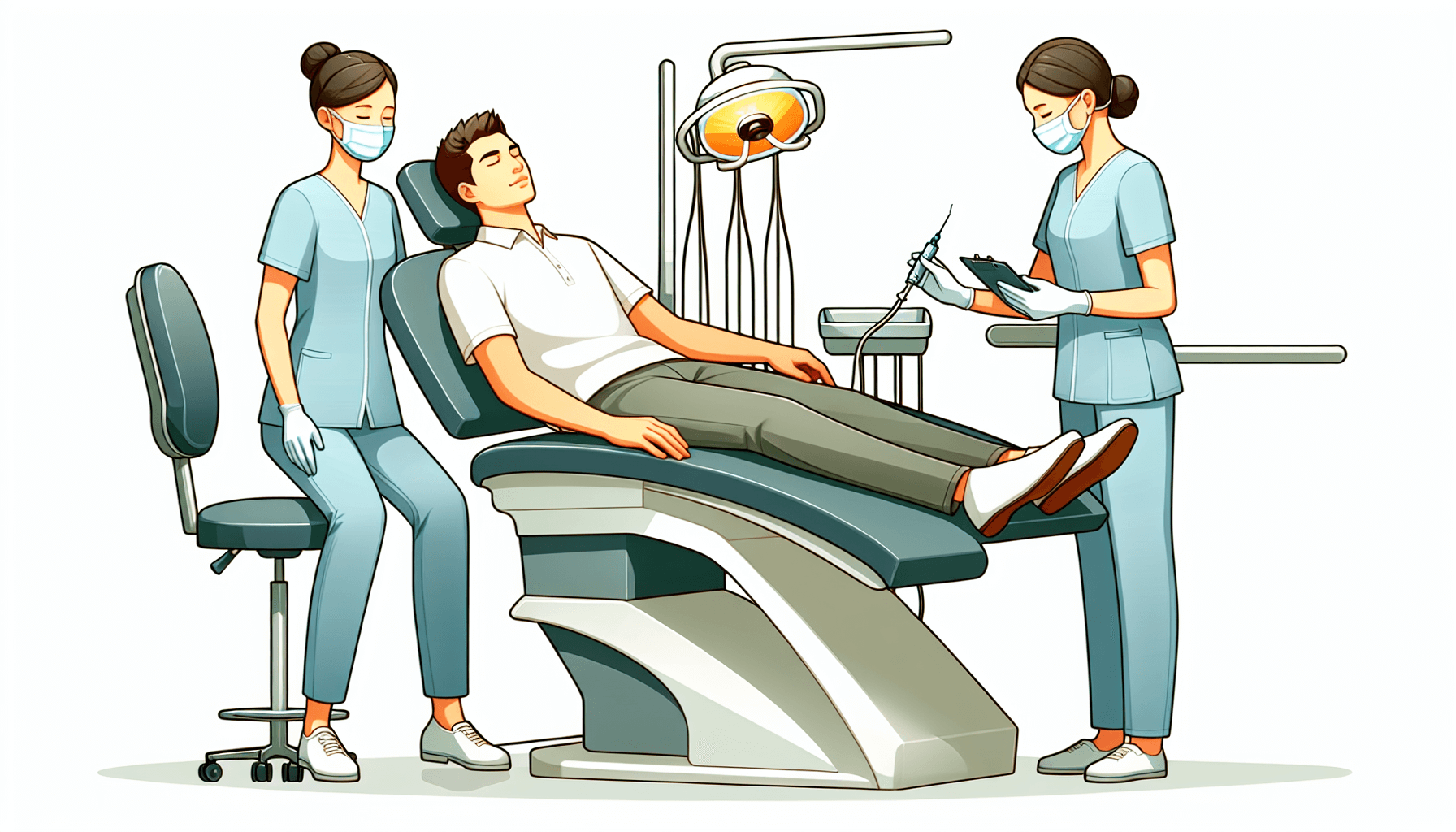
The Sedative State: From Semi-Awake to Deeply Asleep
The unique aspect of IV sedation dentistry is the sedative state it induces. It’s designed to relax patients without fully putting them to sleep. This means you stay in a controlled semi-awake condition, enabling you to respond to verbal commands or gentle nudging during your dental procedure. This differs from general anesthesia, which puts you completely to sleep.
Interestingly, patients often experience an amnesic effect from the medications used in IV sedation, resulting in little to no memory of the treatment afterward. This is a boon for those who experience dental anxiety, as it eliminates any unpleasant memories of the procedure.
Most patients also report feeling surprisingly good after the procedure, underscoring the efficacy of IV sedation in enhancing patient comfort.
Tailoring the Sedation Level to Your Needs
Dental professionals understand that every patient is unique, and therefore, they tailor the level of sedation to each individual’s needs and the requirements of the procedure. The total dose of sedative required is influenced by the specific dental procedure being performed, with more complex treatments generally needing higher amounts of sedative.
During the dental procedure, the dentist can adjust the total dose of sedative as needed to achieve the optimal level of patient comfort and sedation. This means that the sedation level is controlled by regulating the total dose administered, ensuring an appropriate level of sedation for the patient’s anxiety levels and the procedural demands.
Preparing for Your IV Sedation Appointment
Preparing for an IV sedation appointment involves a few more steps than a typical dental appointment due to the effects of sedation. One of the most crucial steps is fasting. Patients are required not to consume any food or beverages for at least six to eight hours prior to their appointment, except for necessary medications, which should be taken with a small amount of water.
In addition to fasting, it’s important to avoid smoking at least 12 hours before the procedure to minimize the risk of breathing difficulties and heart complications. Staying well-hydrated the day before the procedure is also key as you will not be able to eat or drink on the day of the appointment.
Lastly, here are some important things to remember before receiving IV sedation:
- Wear comfortable clothing to your appointment
- Arrange for a responsible adult to drive you to and from the dental office, as you won’t be able to drive after the sedation
- Make sure to undergo a thorough health evaluation prior to receiving IV sedation, especially if you are an older patient or have significant medical considerations, to ensure it is safe for you to undergo sedation.

Fasting and Medication Guidelines
Fasting is essential before undergoing IV sedation to prevent nausea and vomiting post-procedure. This means you should not eat anything from midnight on the day of the procedure or, at minimum, adhere to an 8-12 hour fast before the appointment.
While fasting, it’s important to remember that if you are on essential medications, you may take them with a small amount of water before the procedure. This ensures that your body maintains its necessary functions while preparing for the sedation process.
What to Wear and Arrange for Transportation
On the day of your procedure, comfort is key. Therefore, patients are advised to:
- Wear loose-fitting clothing
- Avoid tight sleeves or very light colors during the procedure
- Wear stable footwear, as you might feel dizzy after the procedure
Since you won’t be in a condition to drive after the procedure, it’s crucial to plan your transportation in advance. You should have someone aged 18 or older to drive you home, as driving is prohibited for 24 hours post-procedure. This ensures your safety and those around you on the road.
During the Procedure: The Role of IV Sedation in Dental Care
After you are seated in the dental chair, the dental professional will begin the procedure by:
- Placing an IV in your hand or arm. This is the initial step in the treatment process.
- Throughout the treatment, your pulse, breathing, and blood pressure are continuously monitored.
- This ongoing monitoring allows the dental professional to adjust the sedative dosage as needed based on your vital signs, ensuring a comfortable and safe experience.
Under IV sedation, patients remain less aware of their surroundings but are able to respond to dental commands. This level of awareness, although reduced, is important for communicating any discomfort or concerns during the procedure. Despite being conscious during the procedure, many patients experience little to no memory of the dental treatment after undergoing IV sedation. This can be a relief for those who have anxiety related to dental procedures.

Administering IV Moderate Sedation
An integral part of the procedure is the administration of sedative medications. In intravenous sedation, also known as IV sedation, these medications are delivered directly into the bloodstream using an IV line, allowing for faster onset of sedation and the possibility for rapid adjustment of dosage as needed.
To minimize the discomfort associated with starting the IV, a local anesthetic may be used at the site of IV insertion. This ensures that the process is painless, and you are comfortable right from the start, allowing you to relax as the dentist performs the necessary dental procedures.
Monitoring and Adjusting Sedation Levels
Monitoring and adjusting the sedation levels is an important part of the procedure that ensures your well-being. Vital signs, including heart rate, blood pressure, and oxygen levels, are critically monitored during the procedure. Based on these vital signs, the dental professionals adjust the sedation dosage in real-time to ensure your comfort and safety.
IV sedation offers the following benefits:
- Tailored levels of consciousness
- Reversal medications available to counteract the sedatives’ effects
- Ensures the procedure is effective and safe for you
Post-Sedation: Recovery and Aftercare
After the procedure, it’s time for recovery and aftercare. Most patients who receive IV sedation will experience drowsiness and may need to rest for the remainder of the day. It’s crucial to have someone drive you home after the procedure, as you won’t be in a condition to drive.
Post-sedation, some patients may experience nausea or vomiting, which is a common side effect and typically subsides quickly. As part of the aftercare, patients are advised to avoid strenuous activities, operating machinery, and making significant decisions for at least 24 hours following the procedure. These guidelines are designed to help you recover comfortably and safely.

Immediate Post-Procedure Care
Once the procedure is over, your recovery begins. As you awaken from the sedation, you may experience confusion or memory loss, making it advisable to have assistance during this recovery period. You should expect to feel drowsy for several hours after the procedure and follow instructions such as arranging for a driver, not operating heavy machinery, and avoiding strenuous activities and major life decisions. If you have been prescribed medications for pain, fill them immediately after the procedure and promptly contact your dentist if you encounter significant pain or discomfort. Early intervention can mitigate any potential complications and ensure a smooth recovery.
Long-term Aftercare and Follow-up
Long-term aftercare is just as crucial as immediate post-procedure care. After undergoing dental procedures with IV sedation, you should have plans in place for post-operative care. Easy-to-eat meals like soups are advisable before undergoing a dental procedure with sedation, as you may experience some numbness or discomfort in your mouth afterward.
Additionally, when recovering from IV sedation dentistry, it’s important to:
- Have an adult present for assistance, especially if the dental work was extensive
- Monitor for potential adverse effects
- Understand when to seek medical attention
Following these guidelines can ensure a comfortable and safe recovery.
IV Sedation for Specific Dental Procedures
IV sedation in dentistry is applicable for a wide range of procedures, not limited to any specific type. The use of IV sedation is not only limited to reducing patient anxiety but also discomfort during dental procedures.
The sedation technique, which allows a dentist perform sedation, has revolutionized dentistry by making procedures more comfortable for patients, particularly those who are anxious or who need to undergo multiple treatments in one session.
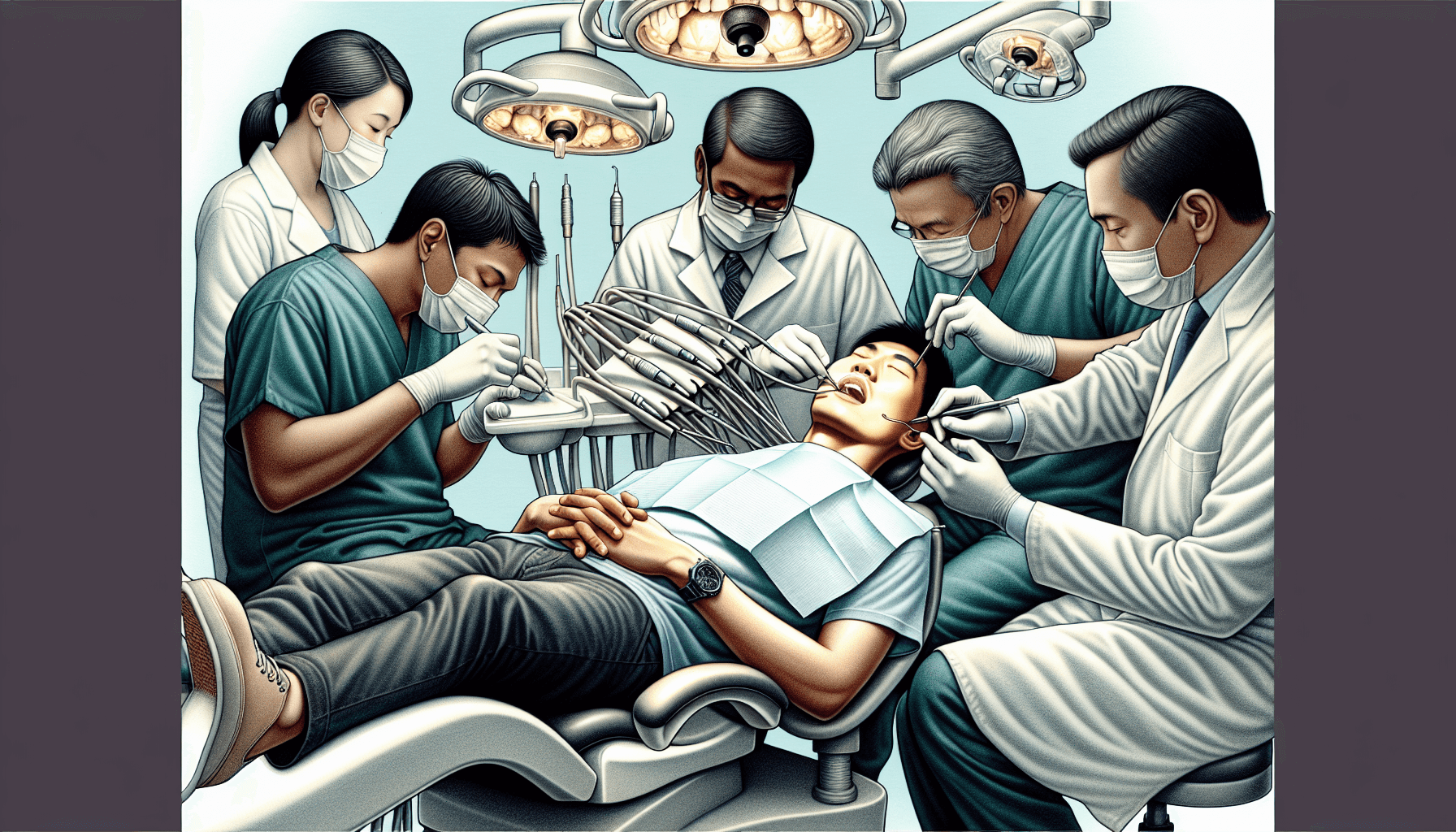
Managing Dental Anxiety with IV Sedation
IV sedation is used in dentistry to help patients relax for a variety of procedures, from invasive surgeries to simple teeth cleanings. It’s particularly effective for those patients who might avoid dental treatments due to intense dental anxiety or phobias.
IV sedation also aids in creating a more positive dental experience for patients with sensitivities such as a strong gag reflex. The sedation method aligns with the needs of those fearful of dental care, facilitating necessary dental treatments without the distress commonly associated with anxiety. IV sedation also assists patients with special needs, adding to the spectrum of patients it benefits.
IV sedation plays a crucial role in improving patient comfort and ensuring that even those with significant apprehension can receive appropriate dental care. Our team is trained to administer minimal sedation, providing a comfortable experience for patients undergoing various dental procedures, including conscious sedation dentistry.
Multiple Procedures in One Visit
One of the unique benefits of IV sedation is its suitability for undergoing multiple dental procedures in a single visit. This offers a streamlined process for complex dental care, minimizing the discomfort typically associated with undergoing multiple dental treatments.
Patients experience reduced overall stress when multiple dental procedures are completed in one visit with the help of IV sedation. Combining multiple procedures with IV sedation enhances the dental care experience by lessening apprehension and streamlining recovery time.
This means fewer appointments, less time off work, and a quicker path to a healthier smile.
Understanding Risks and Ensuring Safety
While IV sedation dentistry has many benefits, it’s also crucial to understand the risks and safety measures. Most patients have no trouble with IV sedation, as a thorough medical history is reviewed beforehand, and patients are continuously monitored during the treatment.
Dental professionals are prepared to use reversal medications during IV sedation if necessary to ensure patient safety.
Safety Protocols and Training
Dentists must undergo specialized training and certification, such as the Commission on Dental Accreditation (CODA) program in deep sedation and general anesthesia, to administer IV sedation. This training is consistent with the guidelines of leading healthcare organizations such as the American Society of Anesthesiologists.
Additional specialty training and legal certification by the state’s Board of Dental Examiners is required for a dentist to administer IV sedation. This training includes the use of reversal medications during IV sedation to counteract the effects of the sedatives if necessary.
A comprehensive sedation dentistry program is developed by expert oral and maxillofacial surgeons, physicians, nurses, and dentists, and it’s updated regularly to comply with current medical standards.
Patient Health Evaluation
Prior to scheduling IV sedation, the dentist will perform a comprehensive health assessment, which includes a review of your medical history and medication usage. This is to ensure your safety during the procedure. You should inform your dentist of any prescription medications you are taking and reschedule the procedure if you are unwell to ensure safe and effective IV sedation.
It is advisable for older patients or those with significant medical concerns to consult their primary care physician or medical specialist before undergoing IV sedation. This can ensure that the sedation is safe and appropriate for their individual health needs. This is to ensure that it’s safe for them to undergo sedation and that any risks are appropriately managed.
Summary
IV sedation dentistry has transformed the dental care experience for many patients, especially those who suffer from dental anxiety or need to undergo multiple procedures. It provides a deep form of conscious sedation, allowing you to respond to commands while experiencing reduced anxiety and discomfort.
The sedation level is tailored to your needs and the requirements of the procedure, and the dosage can be adjusted as needed. Preparing for an IV sedation appointment involves fasting, following medication guidelines, wearing comfortable clothing, and arranging transportation. During the procedure, your vital signs are monitored, and the sedation levels are adjusted based on your well-being. After the procedure, recovery and aftercare involve resting, avoiding strenuous activities, and following prescribed medication guidelines.
Frequently Asked Questions
IV sedation dentistry is the deepest form of conscious sedation in dental offices, achieved by administering sedative medications directly into your bloodstream. It allows patients to remain conscious but deeply relaxed during dental procedures.
In IV sedation dentistry, the sedative state is achieved by inducing a controlled semi-awake condition, allowing patients to respond to commands with reduced anxiety and discomfort.
To prepare for an IV sedation appointment, remember to fast for 6-8 hours prior, follow medication instructions, wear comfortable clothes, and arrange for someone to drive you home. It’s essential for a smooth and safe experience.
During the procedure, dental professionals administer sedation, monitor vital signs, and adjust sedation levels as needed to ensure safety and comfort.
IV sedation dentistry helps manage dental anxiety by inducing a deep level of conscious sedation that reduces anxiety and discomfort during dental procedures. This can help patients feel more at ease and comfortable during their dental treatments.
 2918 Spencerville Rd, #124Burtonsville, MD 20866
2918 Spencerville Rd, #124Burtonsville, MD 20866  (301) 421 1118
(301) 421 1118 
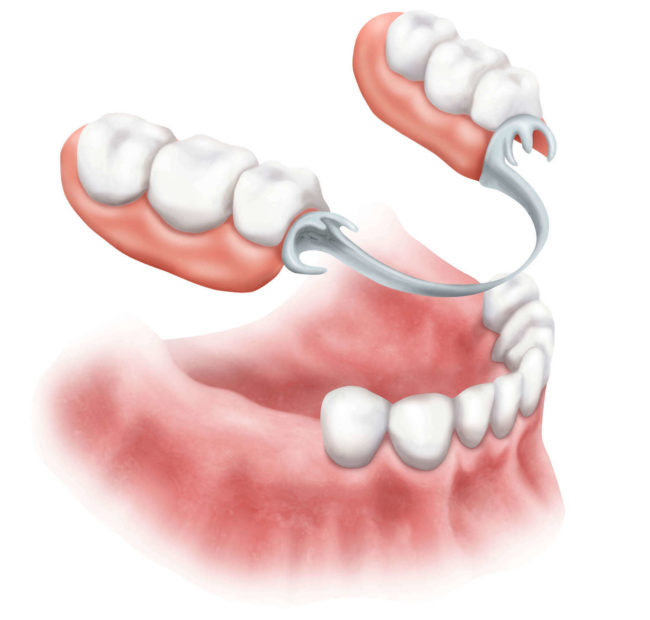
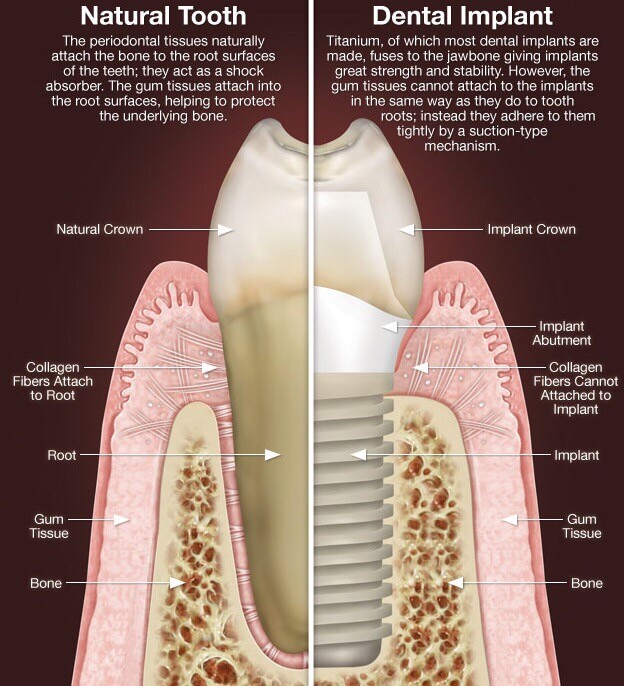
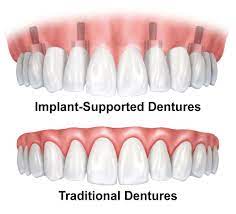

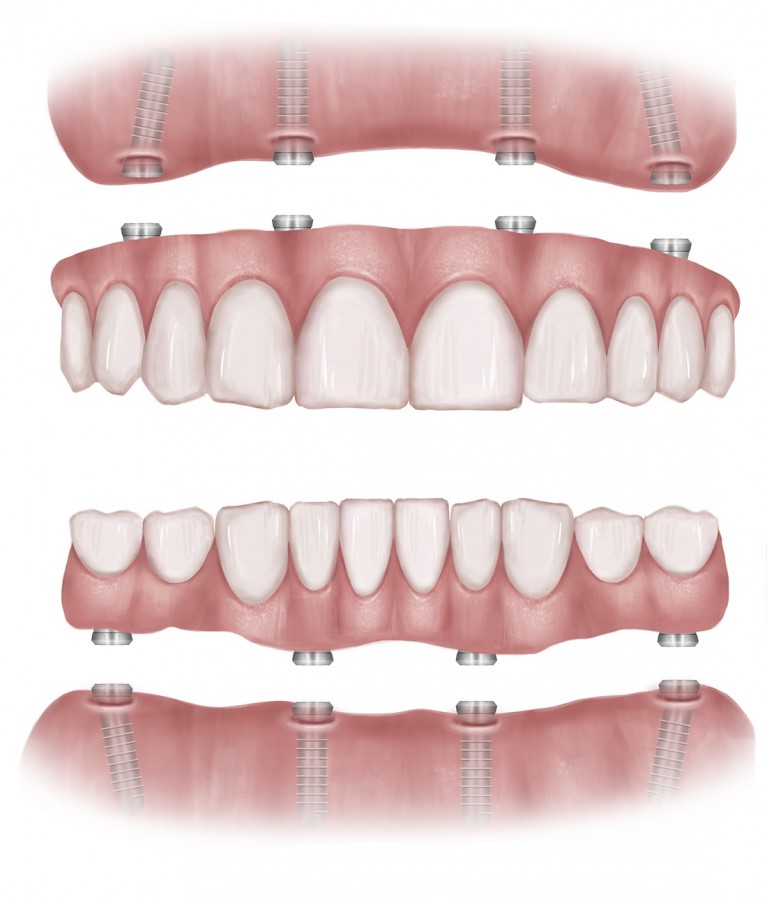
0 Comments
No comments yet. Be the first to comment!
Comments are closed.